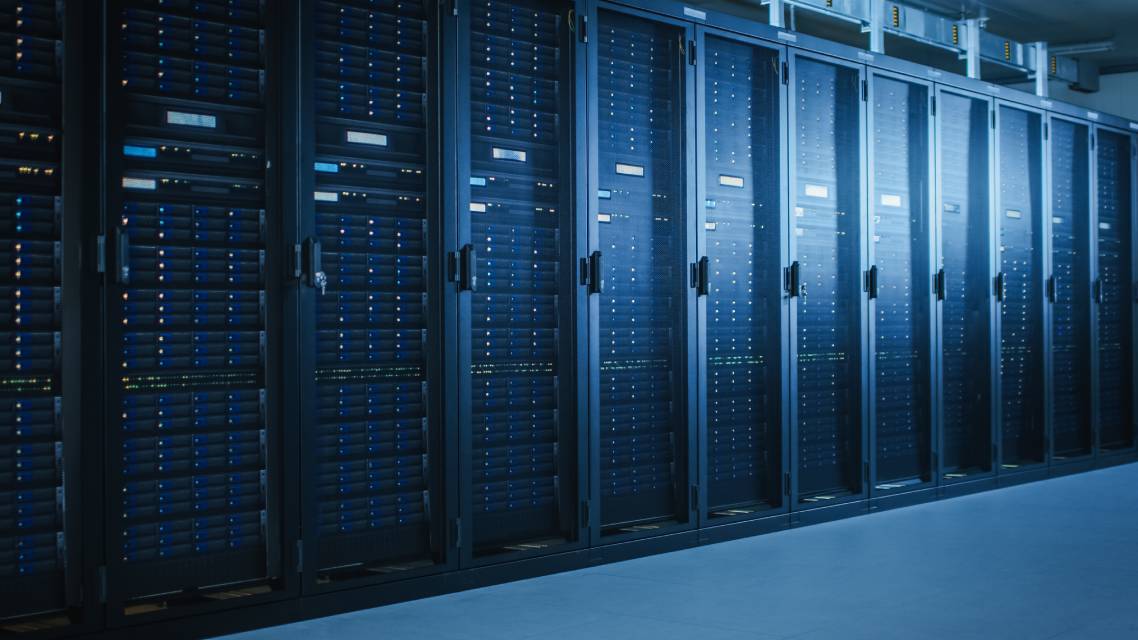Amazon Web Services, or simply AWS, is a public cloud service provider (CSP) that provides on-demand cloud computing services to subscribers on a metered, pay-as-you-go basis. Some of the most common services that AWS...
Saving costs is one of the primary reasons organizations transition from on-premises IT systems to cloud-based environments. While cloud computing can provide organizations with potential financial advantages, it’s also essential to understand...
Single sign-on, or SSO, is a service that enables users to authenticate only once and then be able to access multiple applications and services integrated with that SSO service. In this article, we’re going to discuss the...
There are mainly two types of hypervisors in cloud computing. There’s the Type 1 or bare metal hypervisor, and there’s the Type 2 or hosted hypervisor. In this post, we will describe each type, discuss its...
A server failure solution is a technology that allows operational processes to switch between primary and secondary systems during downtime. Also, the solution can also automatically enable processes between system components, such as servers,...
A software-defined datacenter (SDDC)—also called a virtual datacenter—is a datacenter facility where all the IT infrastructure components, such as compute, networking, and storage, are virtualized and delivered to users as a...
Virtual cloud computing combines the benefits of virtualization with cloud computing, making for a powerful tandem that drives much of enterprise computing today. This article discusses virtual cloud computing in detail, including the differences between...
Organizations turn to hybrid cloud computing when their IT infrastructure requirements are best served with a combination of public and private clouds. And its a common approach — 64% of leading IT professionals report that...







